Smederevo Gymnasium
The Grammar School, for its predecessor, first had the Realčica, which opened in Smederevo in 1871, after many years of requests from the Smederevo authorities. That year, 35 students were enrolled in the first grade. The school was located on the premises of the Principals. The first lecturers were: Milan Maksimovic, who taught Serbian grammar and geography and, at the same time, was the first deputy director; Franjo Elezović, teacher of calculus, drawing and spelling; Jovan Markovic, teacher of German, singing and gymnastics; Jovan Bademlic, Sub-Director and Deputy Director; Joseph Markovic, priest, religious teacher. Subsequently, in 1872, the second grade was introduced, and due to war and political circumstances, the introduction of the third grade was approved only in 1878, and from 1879 the school grew into a four-class lower grammar school.
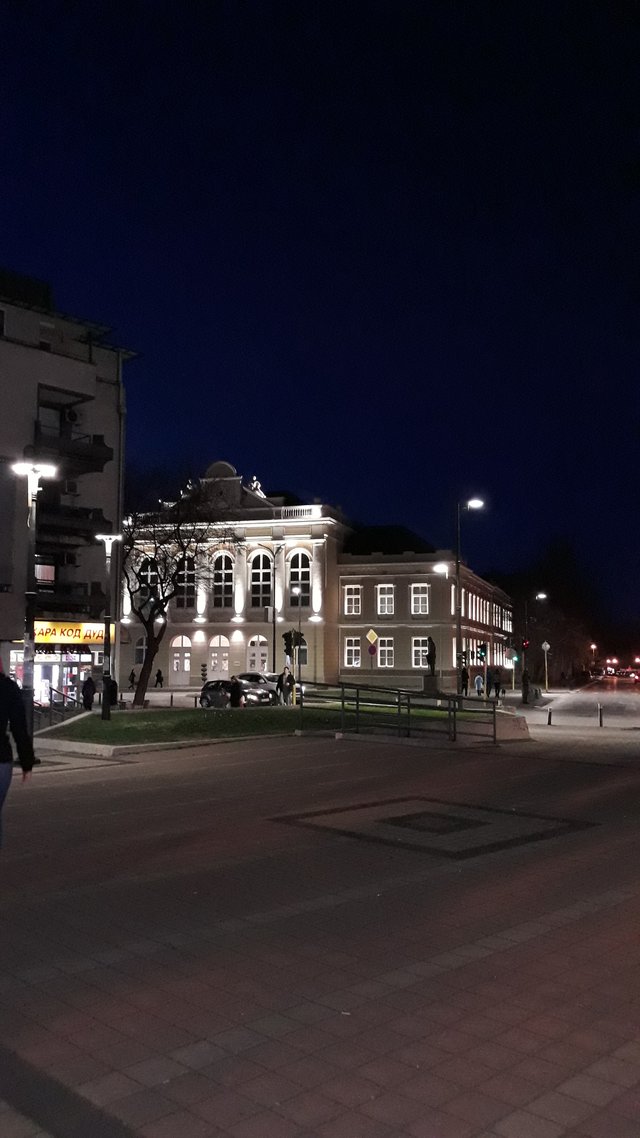
Many unsuccessful attempts were made to establish the fifth grade in 1885, 1886 and 1895. However, in 1898, the Lower Gymnasium in Smederevo was abolished by the Secondary Schools Act and re-established in 1902. It was not until 1912 that it became an incomplete six-grade school for the first time in Smederevo as mixed because that year she was affiliated with the Private Lower Women's High School, the Private Trade and Women's School. At the time, the High School had 340 students.
After using the premises in the Principality, teaching in Realčica took place in a building that was at the place where the Municipal House / Hotel "Grand" was later erected. It was an old renovated building with small and tight classrooms and had a very small yard. In order to solve the problem of the school space, Realčica was moved to Branko Brickyard in 1881 and when it became tight the existing building was annexed to one building with three departments. Later, the Municipality of Grammar School ceded a building that was once intended for the Upper Primary School and worked there until 1929.
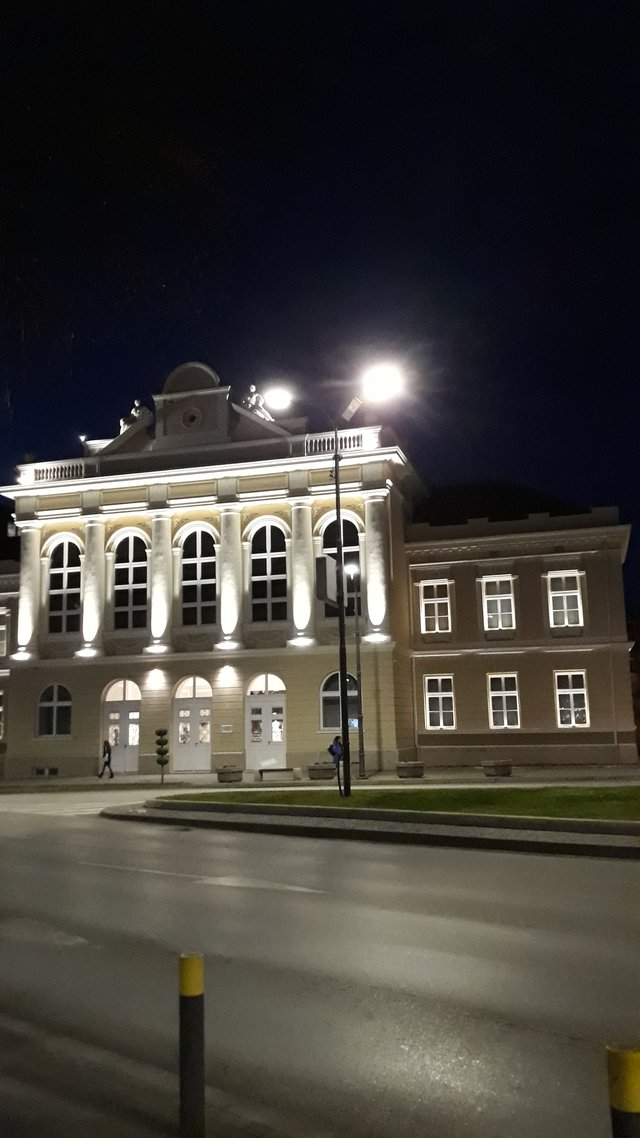
During the First World War, the school did not work, and after its liberation in 1918 it continued to operate, first as a five-grade school and then became a six-grade school and was called the Royal Serbian Grammar School. Due to the past war, a shortened school year was introduced and some students took courses and afterwards took exams. The full-year program began in 1920 when it became a full eighth grade school and was named "Smederevo Gymnasium", and the Smederevo students no longer had to continue their education in Pozarevac or Belgrade. The school then had 426 students, of which 295 were in the lower grades In the then economic and educational conditions, graduation was considered to be sufficiently professional and offered good employment opportunities.
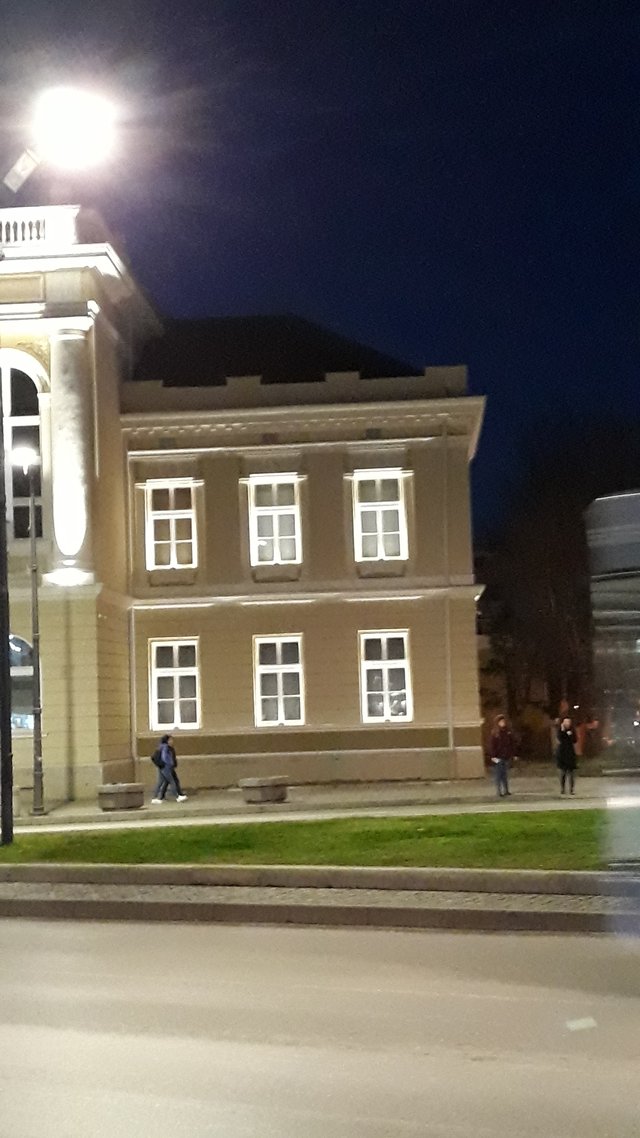
Starting in 1920, cash payment was also introduced, based on the parents' tax obligations. Due to lack of required number of students, the 8th grade was abolished in the school year 1925/26. and 1926/27. Since 1929, the obligation to take entrance exams has been introduced.
With the opening of a full gymnasium and a steady increase in the number of students, the problem of insufficient school space arose again. The Gymnasium then used the Primary School classrooms and some renovated spaces in other buildings, so the Municipality decided to build a new building for the Gymnasium. A special fund was formed and funds raised, but with the construction delayed and eventually gave up. In 1930, the Banka administration purchased the building of the Primary School for the needs of the Grammar School and bought the neighboring property from the Rašić brothers, which expanded the school yard and provided space for the completion of new classrooms. The finishing was completed only in 1935. At that time, conditions were created for the establishment of teaching rooms in the school, the organization of a student and teacher's library, and the teachers formed and constantly supplemented specialized school collections with the students. Thus, a rich museum collection was created, which in 1950, together with the collection of Milan Jovanovic Stojimirovic, became the exhibit base of the National Museum in Smederevo. Over time, the Grammar School becomes an increasingly important educational and cultural factor of the city. He has his own choir, orchestra, the Davidović Student Association, the organization of the Red Cross Youth, the Circle of the Spas Youthful Alliance, the branch of the Federation Federation, the Falcon Society, the Yugoslav Guard Youth, and the Aero Club Youth.
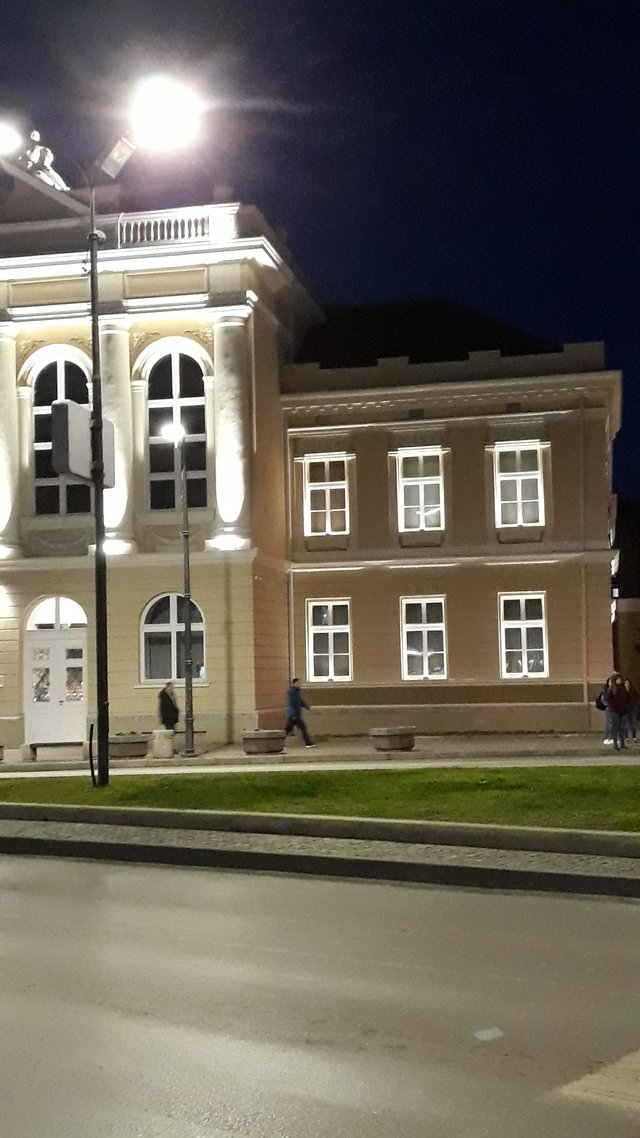
During the occupation of World War II, at the very beginning, the High School building was occupied by the Germans for their needs, and the school worked on the premises of the Primary School and in some private buildings. At that time, great changes were made to the composition of the teachers: some former professors were taken captive, others dismissed. In those first occupation years, students had only 44 working days. The explosion of ammunition at the Fort also significantly damaged the High School building. Students and teachers sought to remove and safely remove some items from school collections from the rubble. Many older students were then mobilized to the National Labor Office.
The gymnasium building was only ready for teaching in the beginning of the school year 1943/44. but two months later, a hospital for the wounded was formed in the Grammar School and students attended classes at the District Court and the cinema hall. The departments were merged
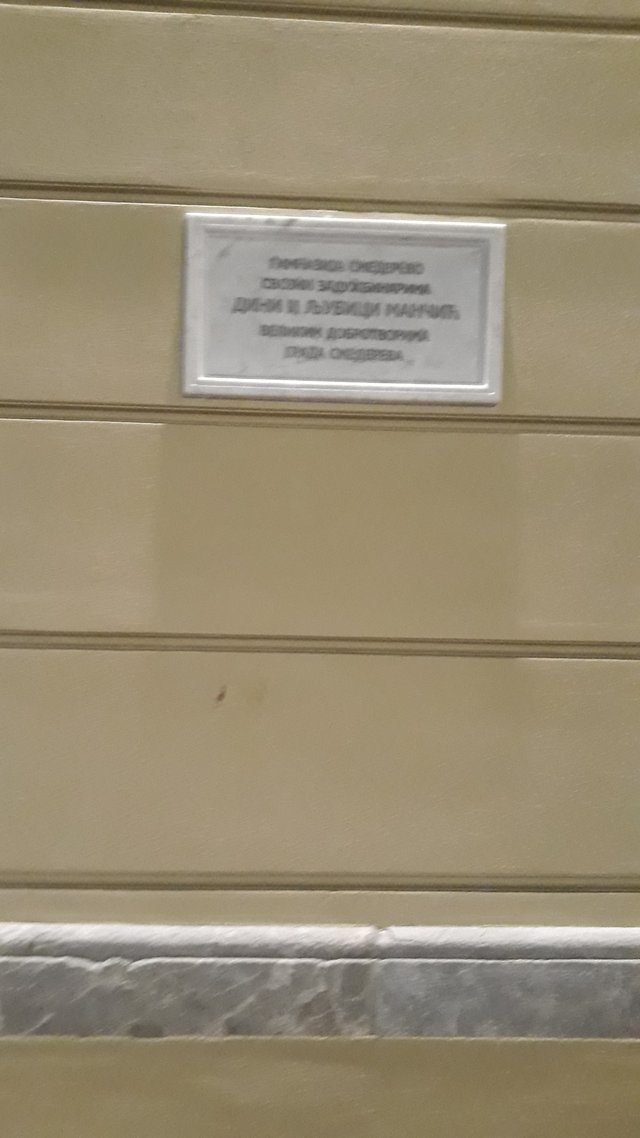
The gymnasium building was only ready for teaching in the beginning of the school year 1943/44. but two months later, a hospital for the wounded was formed in the Grammar School and students attended classes at the District Court and the cinema hall. The classes were connected, they had a reduced number of classes and once a month students received questions and in March they took exams. In April 1944, regular classes began, but soon the Allied bombing of Smederevo took place and the school stopped again. Towards the end of the war, the Germans set fire to the Gymnasium building when they fled, when one wing and the central part of the building were burned.
After the liberation, a meeting of parents was convened in January 1945 and a School Council was formed whose primary task was to organize the clearing of the rubble in the Gymnasium building and to train it to continue its work. That year, classes began in January in ten Upper Elementary School classrooms and three classes worked in one private building. In these premises, the school year 1945/46 was organized. At that time, 1,099 students were enrolled and 72 more were displaced during the year. Many of the students were poor and from the countryside, so a special boarding school on the Danube was organized for them. Classes began teaching later that year for full-time students, because before that, five classes intended for the Grammar School began daily for officers, and teaching began for full-time students only on September 24th. The curriculum was shortened and classes were held every other day.
The High School building was not repaired until the 1947/48 school year. when the normalization of teaching and other educational, social, cultural and sports activities of students began.
With the reorganization of the education system in 1951, when the compulsory elementary eight-year education was introduced, the Gymnasium began the gradual abolition of the lower classes from the school year 1954/55. The high school becomes a four-year high school. It had a smaller number of students and a new syllabus, changed the way of passing the higher course examination / graduation /, and since 1956 the entrance examination for enrollment in the Grammar School was introduced.
With the aim of expanding and deepening the knowledge of the natural and social sciences and general technical education, in order to stimulate students' personal abilities and help in deciding on a future vocational vocation and further education, 1960s were introduced in grammar schools: socio-linguistic and natural-mathematical directions. After completing the first grade, the students opted for one of these directions. Then the principle of public assessment was introduced and an easier and easier way to take the final exam. During the final year, the student did homework in a subject of his choice, the work was reviewed by a committee before which the student defended his or her work in the oral exam and took the Serbian language exam in writing.
Since the 1966/67 school year. The high school is named "Jovan Janicevic", a student of the school and a distinguished first-grader.
In order to allow for more modern work at the school, in 1970, four new classrooms, a physical education hall and a sports court in the yard were completed and completed in 1972. The school also received new, modern classrooms equipped with classrooms for physics, chemistry, biology, defense and protection, a phonolaboratory for foreign languages, a workshop for technical education. The upgrade was funded by local self-contribution. During the construction, classes were held at the Dimitrije Davidović Elementary School.
General education reform since the 1977/78 school year. the gradual introduction of so-called directional education began. According to Shuvar, the creator of that reform of the school from that period, they were unofficially called "schuarists". The high school then becomes an educational center. General education subjects were taught in first and second grades, while in the second level, education could last one or two years, depending on the professional orientation within the educational fields. The gymnasium then had educational orientations: in the field of culture and public information activities: journalist - associate, librarian, organizer of cultural activities programs; translation field activity foreign correspondent and translator - associate, natural scientific, ie technical field activity: technician for biochemistry and molecular biology, laboratory technician for microbiology, technician for physics, technician for spatial planning; for construction area technician for building construction. Since 1980, a health field with professions was introduced: a nurse-nurse technician (general direction) and in 1984 both a woodworking direction and a woodworking technician of the final production direction. Production direction students also had hands-on classes at the company's manufacturing facilities in the city.
For the history of this school were the necessary sources.
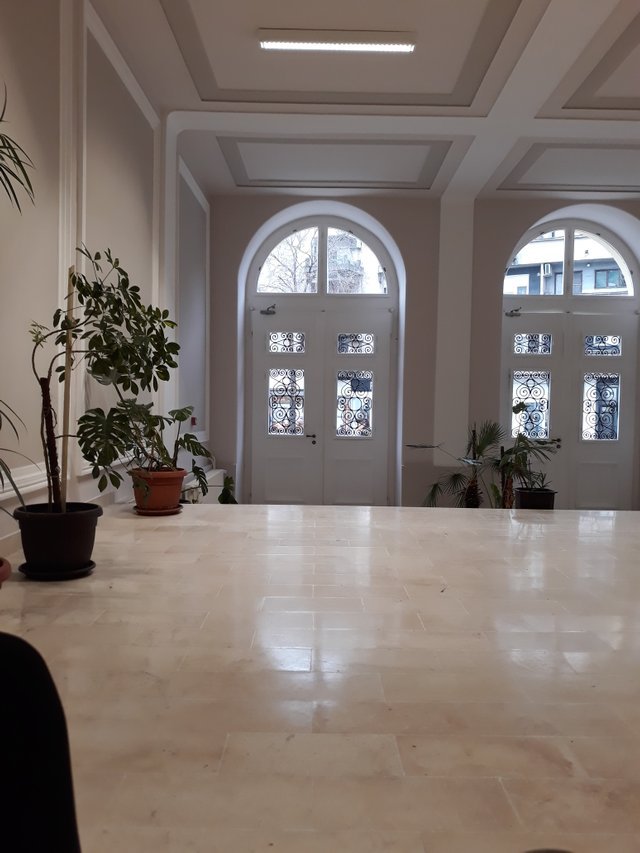
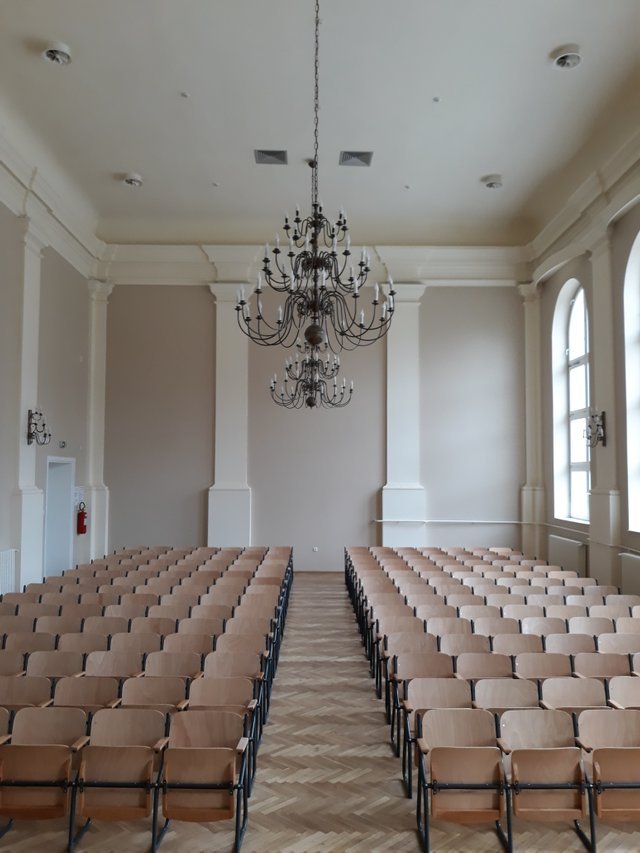
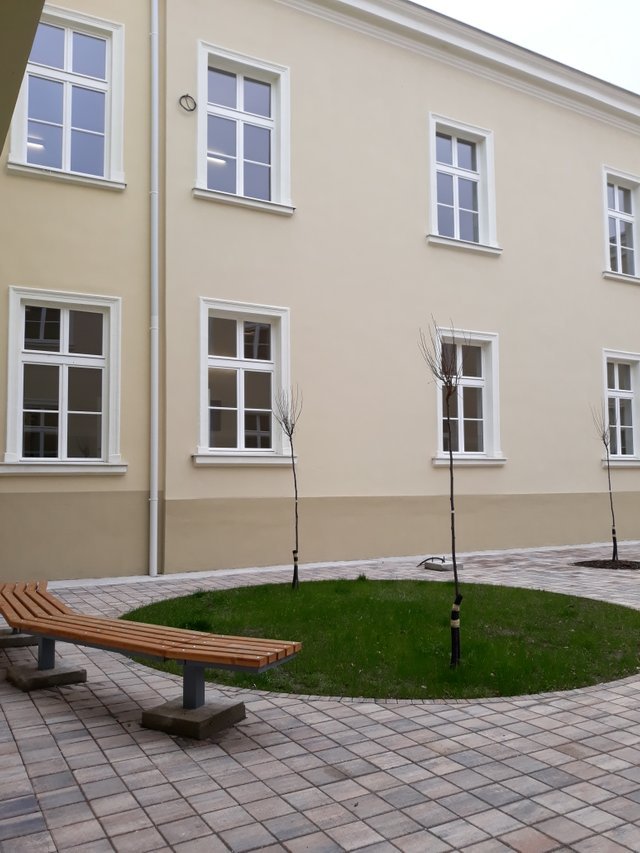
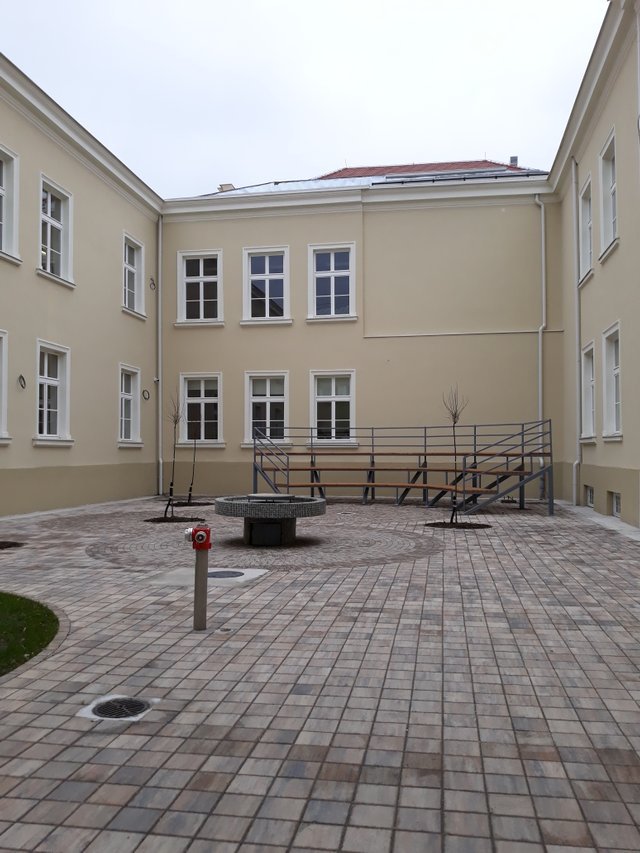
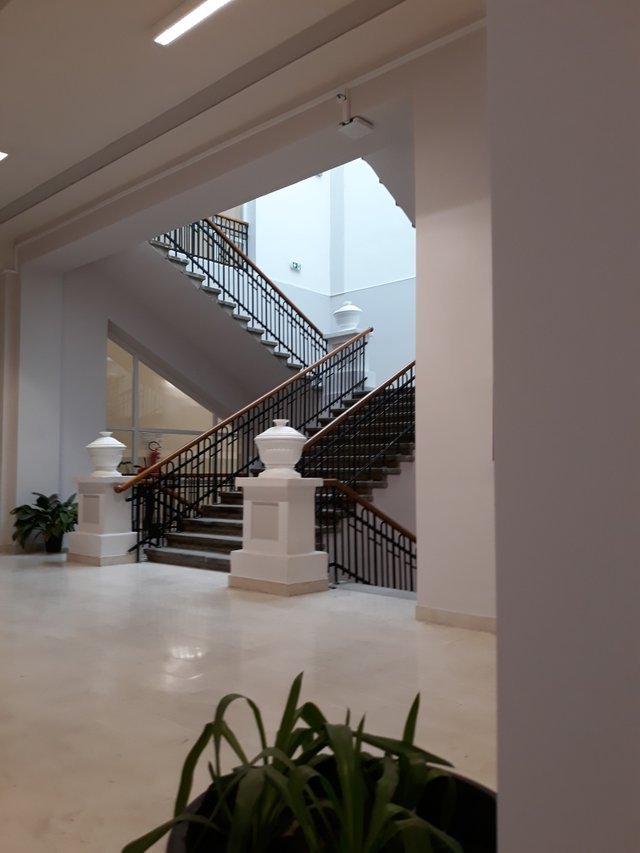

Congratulations @sarakey! You have completed the following achievement on the Steem blockchain and have been rewarded with new badge(s) :
You can view your badges on your Steem Board and compare to others on the Steem Ranking
If you no longer want to receive notifications, reply to this comment with the word
STOPTo support your work, I also upvoted your post!
Vote for @Steemitboard as a witness to get one more award and increased upvotes!
Congratulations, Your Post Has Been Read by ME, and I Liked It! :D
Thanks a lot :D
Congratulations, Your Post Has Been Added To The Steemit Worldmap!
Author link: http://steemitworldmap.com?author=sarakey
Post link: http://steemitworldmap.com?post=smederevo-gymnasium
Want to have your post on the map too?